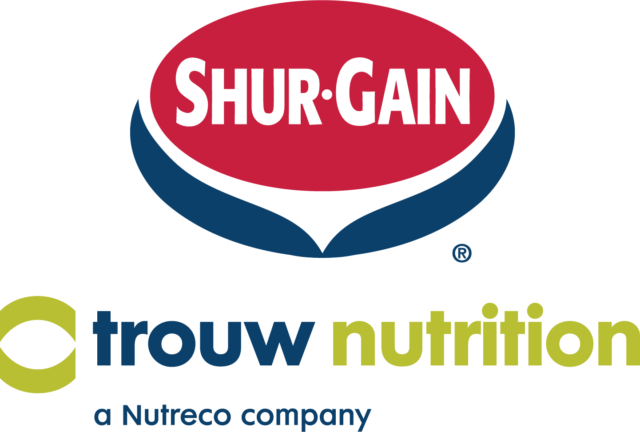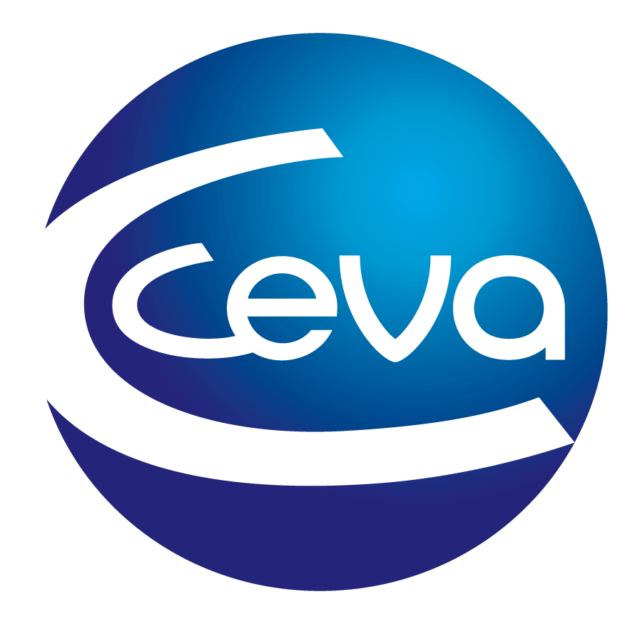Protein and amino acids are important parts of the cow’s ration. Meeting the cow’s requirements without oversupplying these nutrients ensures three things: optimum productivity, best cost rations and sustainable rations.
- When the cow receives the amino acids she needs in the proper amount, her productivity is high.
- If protein is undersupplied, milk protein output may be reduced. Conversely, when it is oversupplied she needs to use energy to get rid of the waste.
- Protein ingredients are generally expensive; when these are used in excess, profitability suffers.
- Excess protein is converted to urea and is excreted in the urine, which can then be converted to ammonia and nitrous oxide and enter the atmosphere. Nitrous oxide is a greenhouse gas.
Typically, feed analysis reports provide values for crude protein, unavailable protein, soluble protein and degradable protein. Crude protein is an important measurement, as amino acids are usually calculated as portions of crude protein. Unavailable protein is likewise important, because it is an estimate of protein that may have been damaged during ensiling or processing. But what about soluble protein and degradable protein? This is where the confusion begins.
Soluble protein is the portion of the feed protein that is soluble in a mineral buffer. It consists of non-protein nitrogen, such as urea, and small molecules of protein. Soluble protein can be misinterpreted to mean protein that is rapidly converted to ammonia in the rumen.
Rumen-degradable protein represents a large portion of the total protein. It is generally analyzed by placing porous bags of the feed ingredient in the rumen and determining the amount that disappears in the time it was in the rumen. This consists of the soluble protein fraction plus the amount of the insoluble part that becomes soluble with time. Degradable protein is also misinterpreted to assume that no amino acids are provided directly to the cow but is used to support rumen microbes and the development of microbial protein only.
There is ample, readily available and longstanding evidence to suggest these analyses are misinterpreted.
Dr. John Wallace published an article in 1983 where he compared the rates of degradation for four soluble proteins (Table 1). Casein was broken down at 99.5% per hour – which means the rumen microbial enzymes were able to almost destroy the protein completely in an hour's time. However, by the end of an hour, only 2.3% of gamma globulin was destroyed. The gamma globulin, if it were available as a feed ingredient, would be able to provide amino acids to the cow, despite being completely soluble.
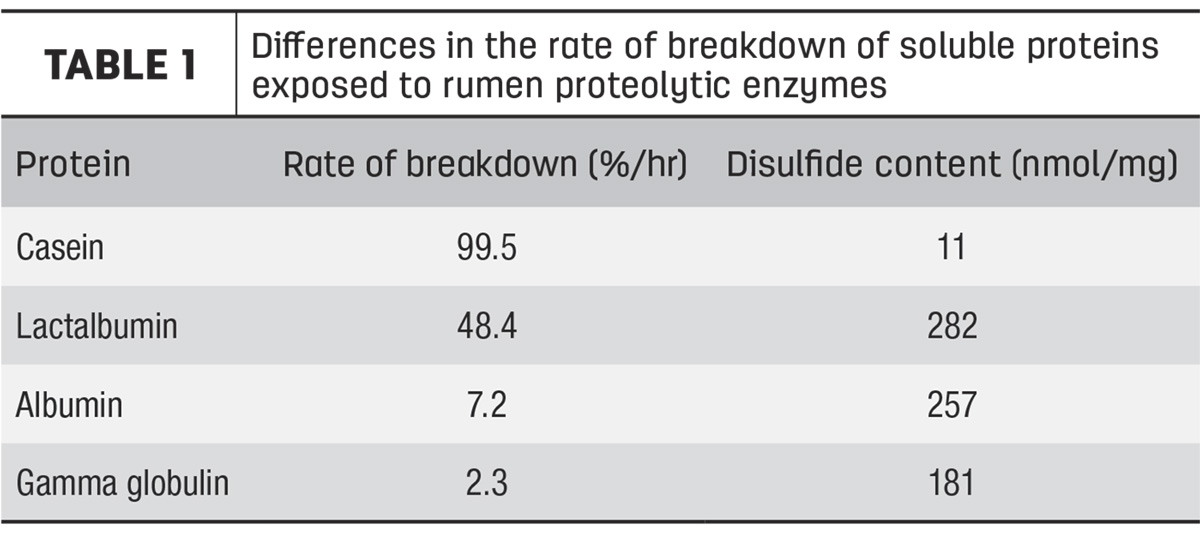
Even more incredibly, Dr. Wallace of the Rowett Research Institute proposed that one reason some proteins are broken down slowly might be related to the disulfide bonds, which are linkages between molecules of the amino acid methionine.
Dr. Glen Broderick spent his career at the U.S. Dairy Forage Research Laboratory. In 1991, he stated, “A portion of the soluble protein may require disruption … for proteolysis to proceed.” In other words, soluble proteins may not be degraded.
There is also proof that soluble proteins from feed ingredients are broken down in the rumen at different rates (Table 2). Researchers in Sweden extracted the soluble protein from six protein sources and tested the rate of breakdown of the soluble fraction. The rate of soluble protein breakdown from wheat distillers grains was over three times that of canola meal or linseed meal.
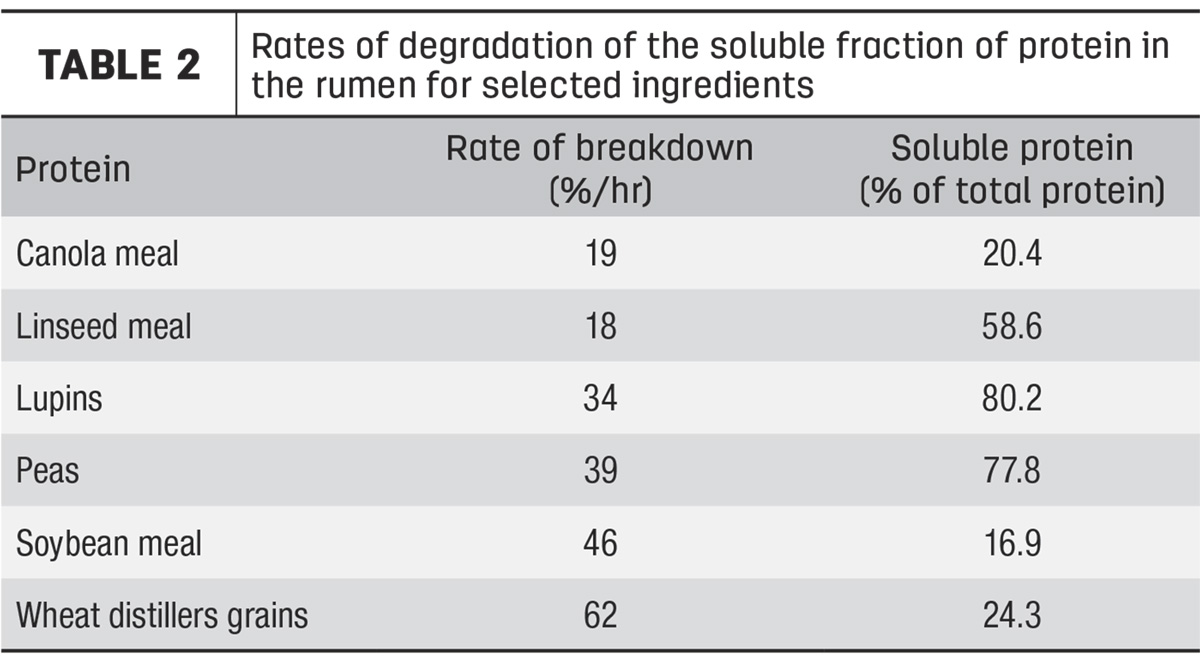
In a more recent Nebraska study, researchers calculated protein degradation using the well-established in situ nylon bag technique and compared this to ammonia generation. (The logic to the latter: If protein is actually degraded, the amino acids would be broken down to ammonia and volatile fatty acids.) A summary of these results is shown in Table 3.
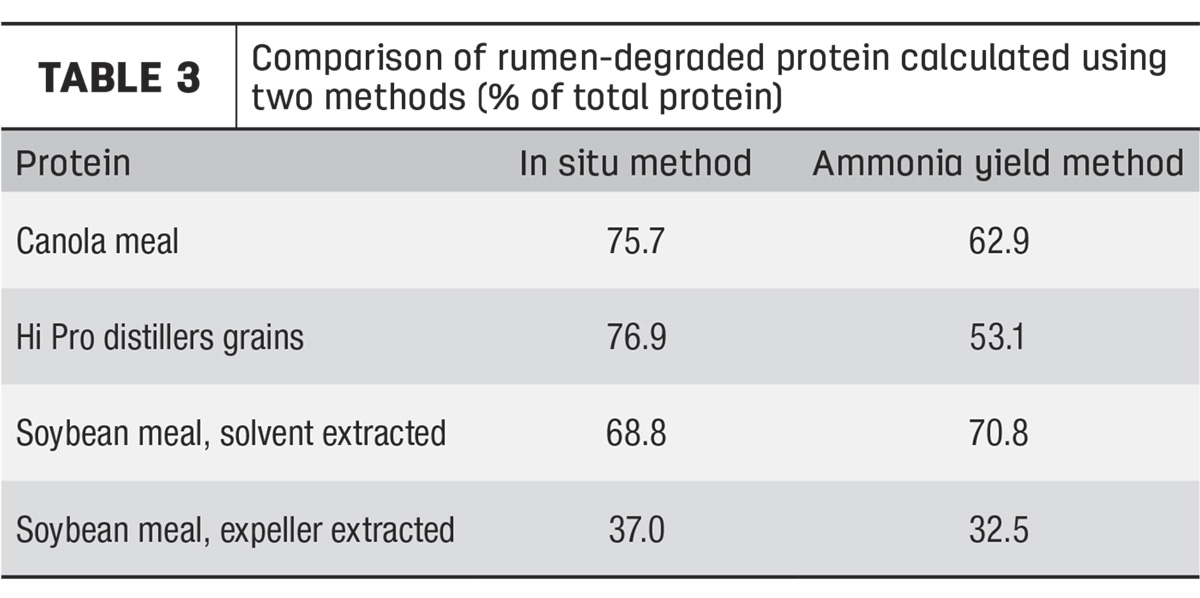
Clearly, there are differences between the two methods for canola meal and Hi Pro distillers grains that show less-degraded protein with the ammonia method, indicating that some of the soluble protein will escape the rumen and be available to support the needs of the cow. Additionally, the results show there are no differences between the two methods for soybean meal, illustrating the need for each ingredient to be considered on its own.
These findings indicate that for some protein ingredients, the use of soluble protein or degradable protein will underestimate the value of the protein. This can result in these ingredients being overlooked when purchasing decisions are made, resulting in higher-than-necessary feed costs. If the ingredients are chosen, the feeding rate may be greater than needed, again resulting in greater costs for feed.
While the soluble protein method may be a useful choice for comparing samples of the same ingredient, it is an inadequate method of estimating the value and comparison of different ingredients.
This article was funded in part by the Government of Canada under the Canadian Agricultural Partnership’s AgriMarketing Program.
References omitted but are available upon request.



